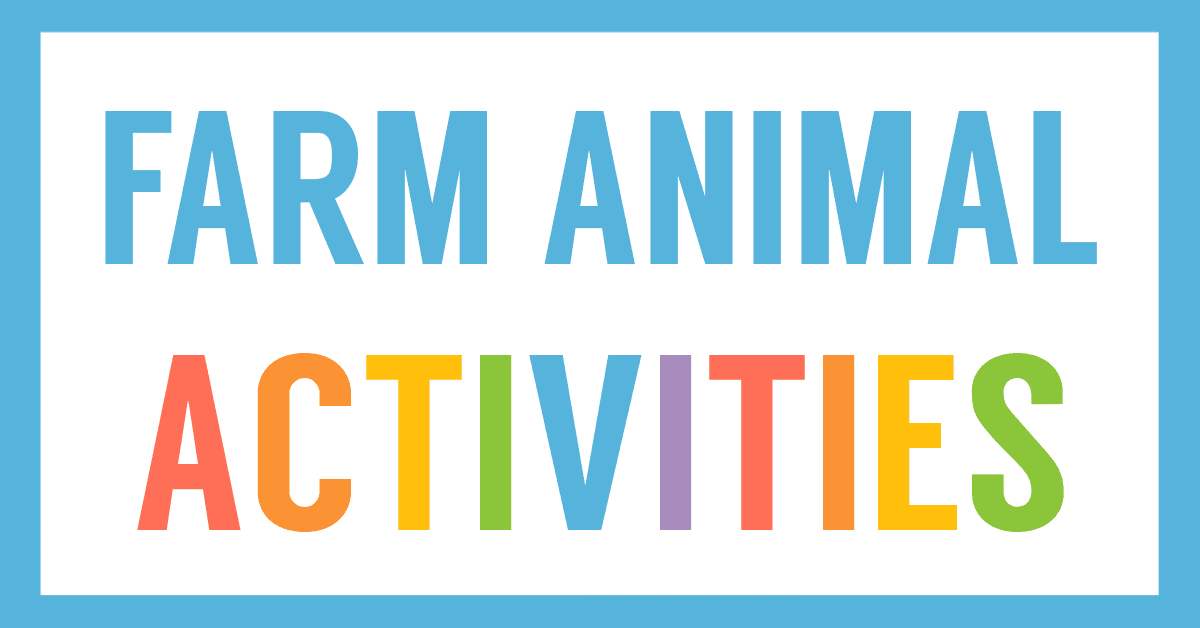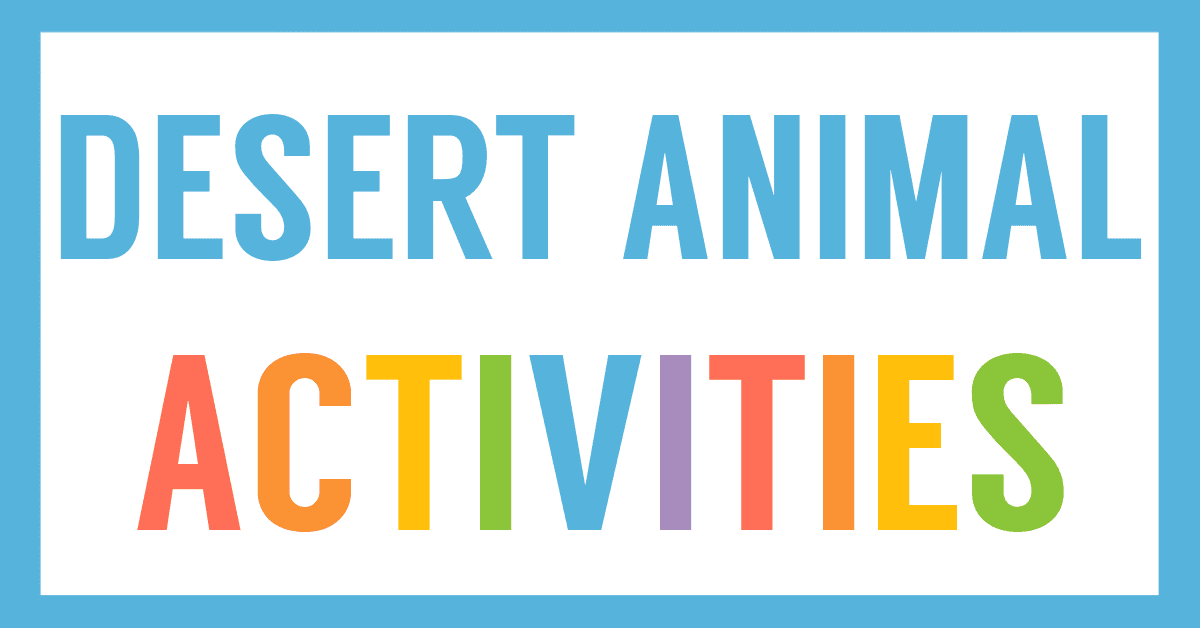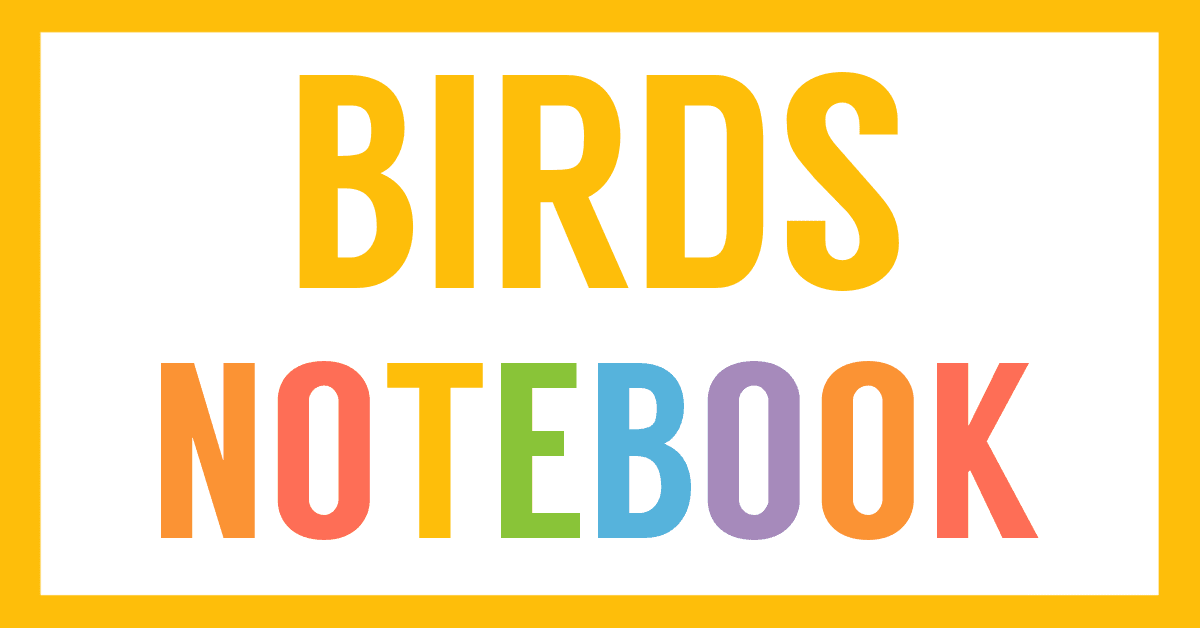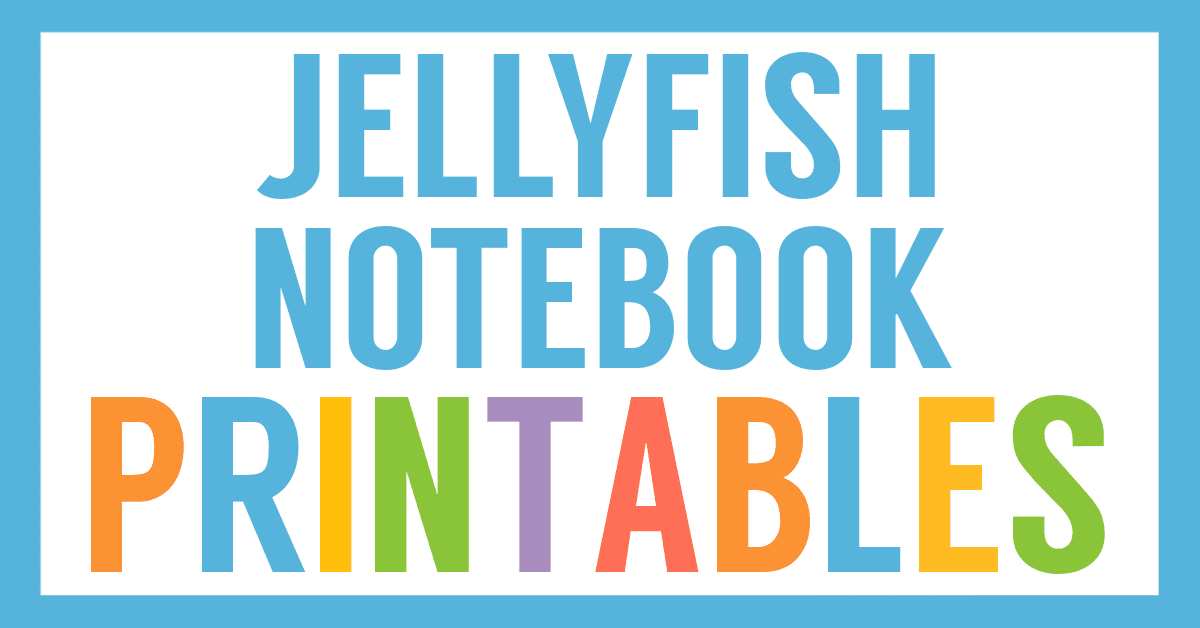Affiliate Disclaimer
We sometimes use affiliate links in our content. This won’t cost you anything, but it helps us to keep the site running. Thanks for your support.
Learn about the water cycle, the importance of water, and more with this Water Cycle Lapbook.
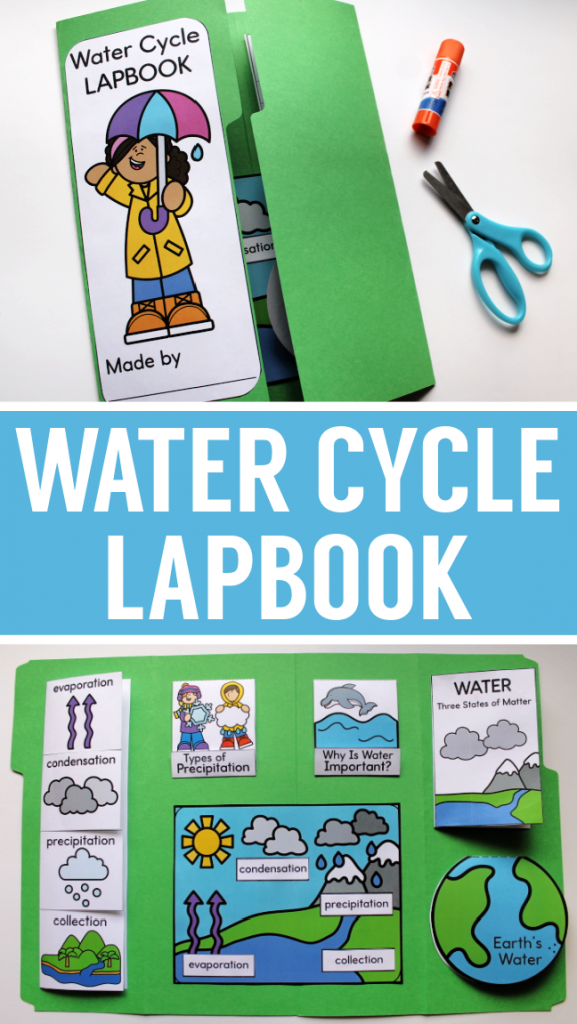
How to Complete Research for the Water Cycle Lapbook
This lapbook was designed to give your student ample research opportunities. I recommend teaching your student how to find quality websites such as National Geographic or National Geographic Kids, or going to the library to get books for this project.
Even though your student will have to conduct simple research in order to create this lapbook, it won’t be too difficult for an elementary student.
Here are a few sites to learn more about the water cycle:
Water Cycle Lapbook Templates
The lapbook includes a variety of mini-books for your student to create an amazing learning portfolio.
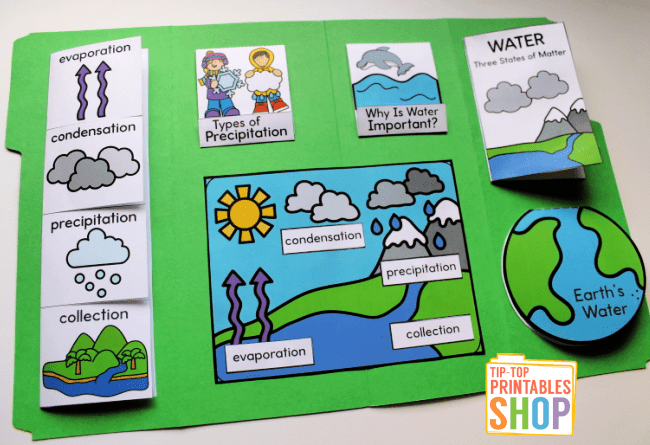
- Lapbook Cover Piece (two options; pick one)
- Water Cycle Words Flap Book
- Where Is Earth’s Water? Circle Book
- Types of Precipitation Matchbook
- Importance of Water Matchbook
- Water Cycle Diagram
- States of Matter Tri-fold Book
How to Get Started with the Lapbook
Follow these simple instructions to get started with the lapbook.
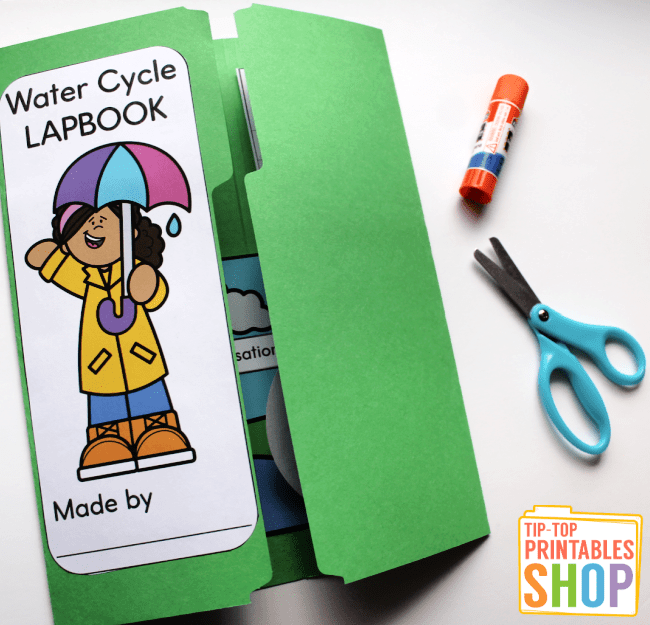
- If you want, go to your local library and check out books about the water cycle and precipitation. You can also encourage your student to use the websites mentioned in the research section of this page.
- Gather supplies: a file folder, glue, scissors, crayons, and pencils.
- Buy the Water Cycle Lapbook from the Tip-Top Printables Shop.
- Choose from two versions: full color mini-books or black and white mini-books.
- Print and prepare the mini-books you want to use with your student.
Enjoy a week of learning all about the water cycle!
Get Your Water Cycle Lapbook
You can snag your lapbook right here with the buy button, or you can go to the shop to check out the details before you buy.
More Weather Themed Activities and Printables
If you are diving into a weather unit, check out some of our other resources:

